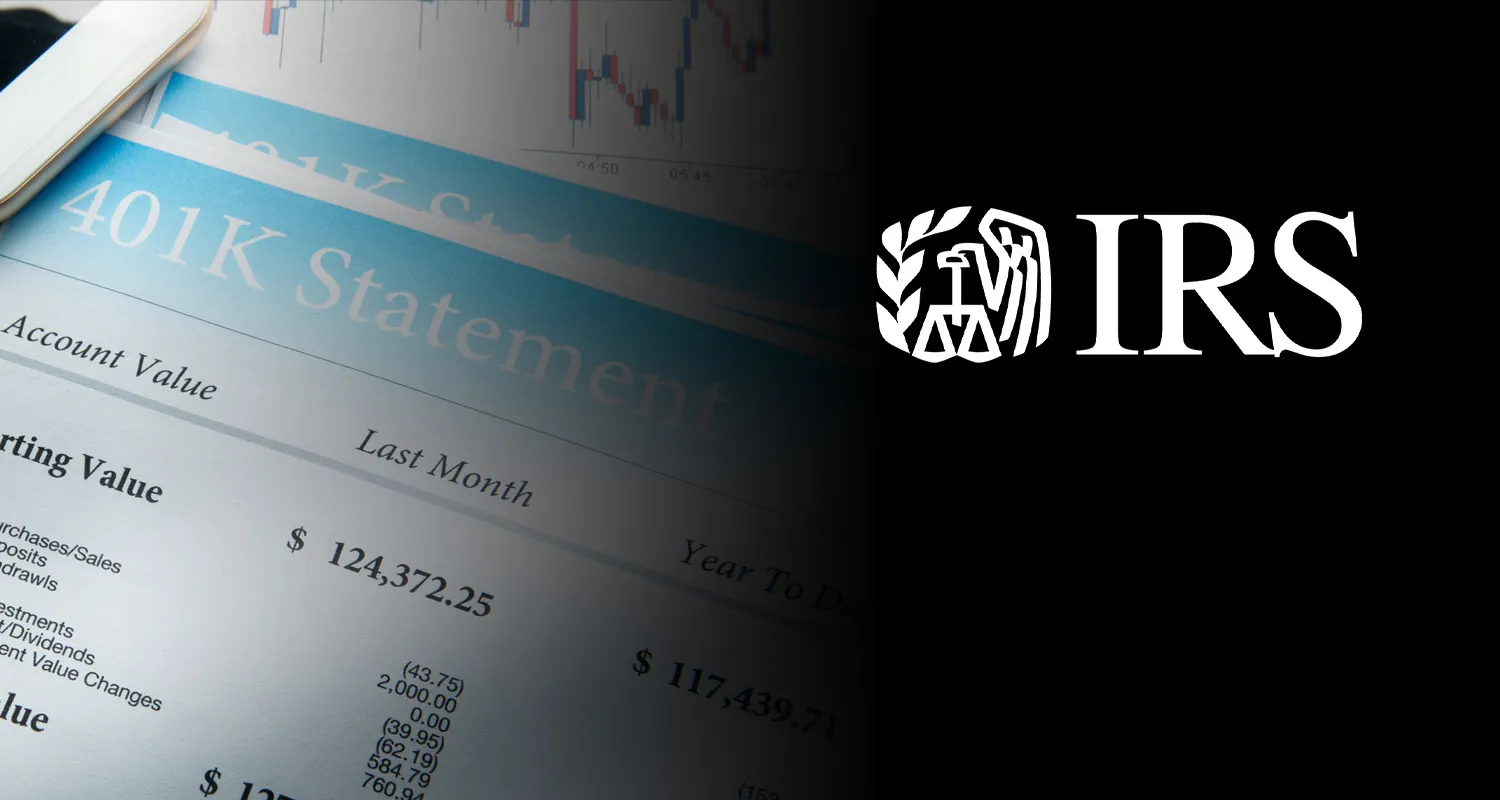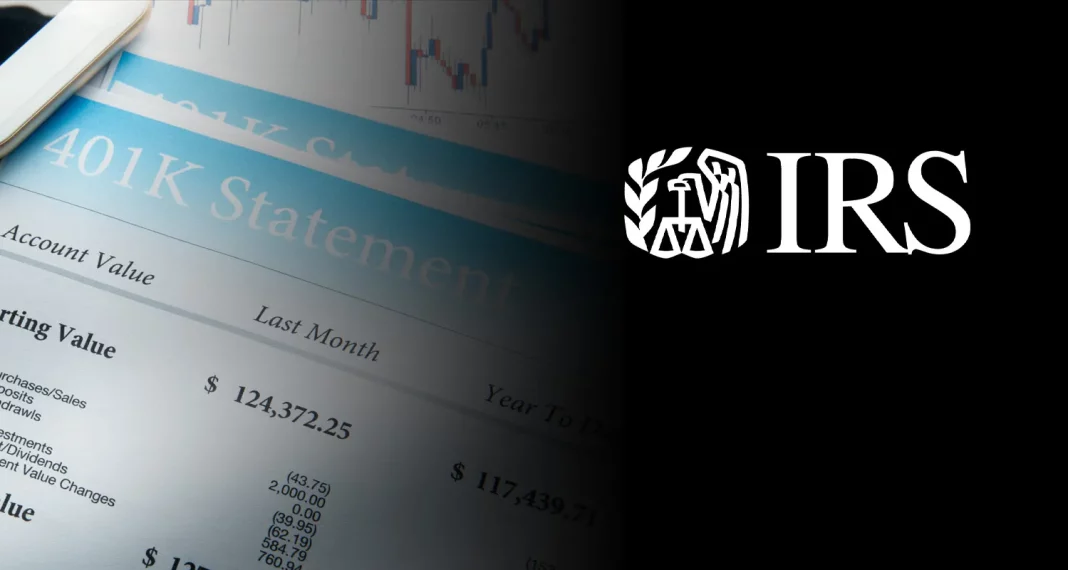 Title: Navigating Retirement Plan Compliance for Small Businesses
Title: Navigating Retirement Plan Compliance for Small Businesses
Introduction:
Small businesses often strive to create a family-like atmosphere among their employees. As part of this commitment, employers recognize the importance of providing retirement plans and long-term financial security. While offering a 401(k) plan is a popular choice, small businesses must navigate complex tax laws and regulations to ensure compliance. Failure to comply can result in legal action and financial penalties. This article explores the risks of noncompliance, common areas where companies fall short, and provides a comprehensive checklist for retirement plan compliance.
The Risks of Noncompliance:
Small businesses have a fiduciary responsibility to safeguard their employees’ retirement savings. Failure to comply with retirement plan regulations can lead to legal consequences, fines, penalties, and settlement costs. To avoid these risks, many companies seek professional advice and conduct 401(k) compliance testing.
Areas of Noncompliance:
1. Timely Deposits: Employers must promptly deposit employee contributions into the retirement plan. Failure to do so within the specified timeframe can result in noncompliance.
2. Filing Paperwork Late: Companies must file Form 5500 annually with the Department of Labor as required by the Employee Retirement Income Security Act (ERISA).
3. Failing to Ensure Loan Compliance: While some 401(k) plans allow employees to take loans, it is crucial to follow the guidelines for loans to maintain compliance.
4. Missing Nondiscrimination Testing: All 401(k) plans must undergo yearly testing to ensure they do not discriminate against employees. Failing this test can lead to plan disqualification.
Retirement Plan Compliance Checklist:
1. Regular Plan Review: It is essential to frequently review the retirement plan to ensure fairness and adherence to fiduciary responsibilities.
2. ISO Certification: Seeking ISO certification ensures that the retirement plan meets international standards for financial stability.
3. Establish Checks and Balances: Implement checks and balances to prevent potential abuses of the retirement plan, including regular audits and avoiding conflicts of interest.
4. Timely Notifications: Keep employees informed about plan changes, accrued earnings, and contribution limits through automated systems.
5. Accurate Recordkeeping: Train accounting staff to maintain meticulous records to ensure accuracy in reporting and compliance.
6. Data Security: Protect employee data from cyber threats by investing in the latest security measures and training employees to recognize potential attacks.
7. Onboarding Procedures: Ensure that all eligible employees receive the necessary enrollment forms and information about the retirement plan.
8. Stay Updated on IRS Regulations: Regularly review IRS guidelines and adjust contribution limits accordingly.
Quarterly Compliance Tasks:
To avoid missing crucial compliance requirements, break down tasks by quarter:
1. First Quarter: Review plans with employees, send benefit statements, and encourage contributions for the previous tax year.
2. Second Quarter: Send benefit statements, distribute excess deferrals, and check eligibility for required minimum distributions (RMDs).
3. Third Quarter: Send benefit statements, file Form 5500 or request an extension, and distribute the plan’s annual report.
4. Fourth Quarter: Send benefit statements, notify employees about plan adjustments, correct compliance failures, and handle small balances and loan defaults.
The Benefits of Retirement Plans:
Offering a 401(k) plan can attract top talent and improve employee loyalty by providing a valuable retirement savings option. By offering contribution matches and solid investment options, small businesses can compete with larger corporations and create a positive company culture. Ultimately, providing a way for employees to save for their golden years is a critical component of a comprehensive employee benefits package.
Conclusion:
While navigating retirement plan compliance can be complex for small businesses, it is crucial to prioritize the financial security of employees. By understanding the risks of noncompliance, implementing a comprehensive checklist, and staying updated on regulations, businesses can ensure that their retirement plans meet legal requirements. The effort invested in compliance will ultimately benefit both employees and the company as a whole.


